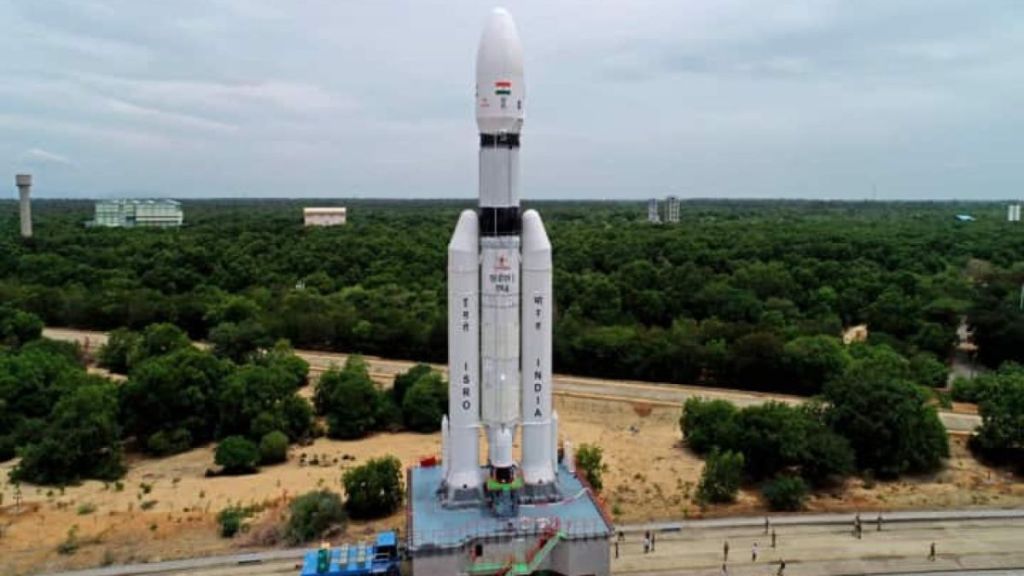The Indian Space Research Organisation (ISRO) informed that the part of cryogenic upper stage of the LVM3 M4 launch vehicle made an uncontrolled re-entry into the Earth’s atmosphere.
The national space agency also said that this rocket body was part of the LVM-3 M4 launch vehicle. This element was used to successfully injected the Chandrayaan-3 spacecraft into the intended orbit on July 14 this year. It re-entered the Earth’s atmosphere around 14:42 IST on Wednesday, ISRO said.
According to a statement issued by ISRO, the probable impact area was anticipated to be over the North Pacific Ocean. “The probable impact point was predicted over the North Pacific Ocean. The final ground track did not pass over India,” the space agency said in a statement.
Rocket body re-enters Earth’s atmosphere 124 days after launch
The rocket body re-entered the Earth’s atmosphere within 124 days of its launch. The post-mission orbital lifespan of the LVM3 M4 cryogenic upper stage fully adheres to the “25-year rule” recommended by the Inter-Agency Space Debris Coordination Committee (IADC), as per the information provided by ISRO.
Following the injection of Chandrayaan-3, the upper stage underwent “passivation” to eliminate all residual propellant and energy sources, aligning with the space debris mitigation guidelines outlined by the United Nations and IADC.
“Passivation and post-mission disposal of this rocket body in adherence to the internationally accepted guidelines once again reaffirms India’s commitment to preserve the long-term sustainability of outer space activities,” the ISRO added.


